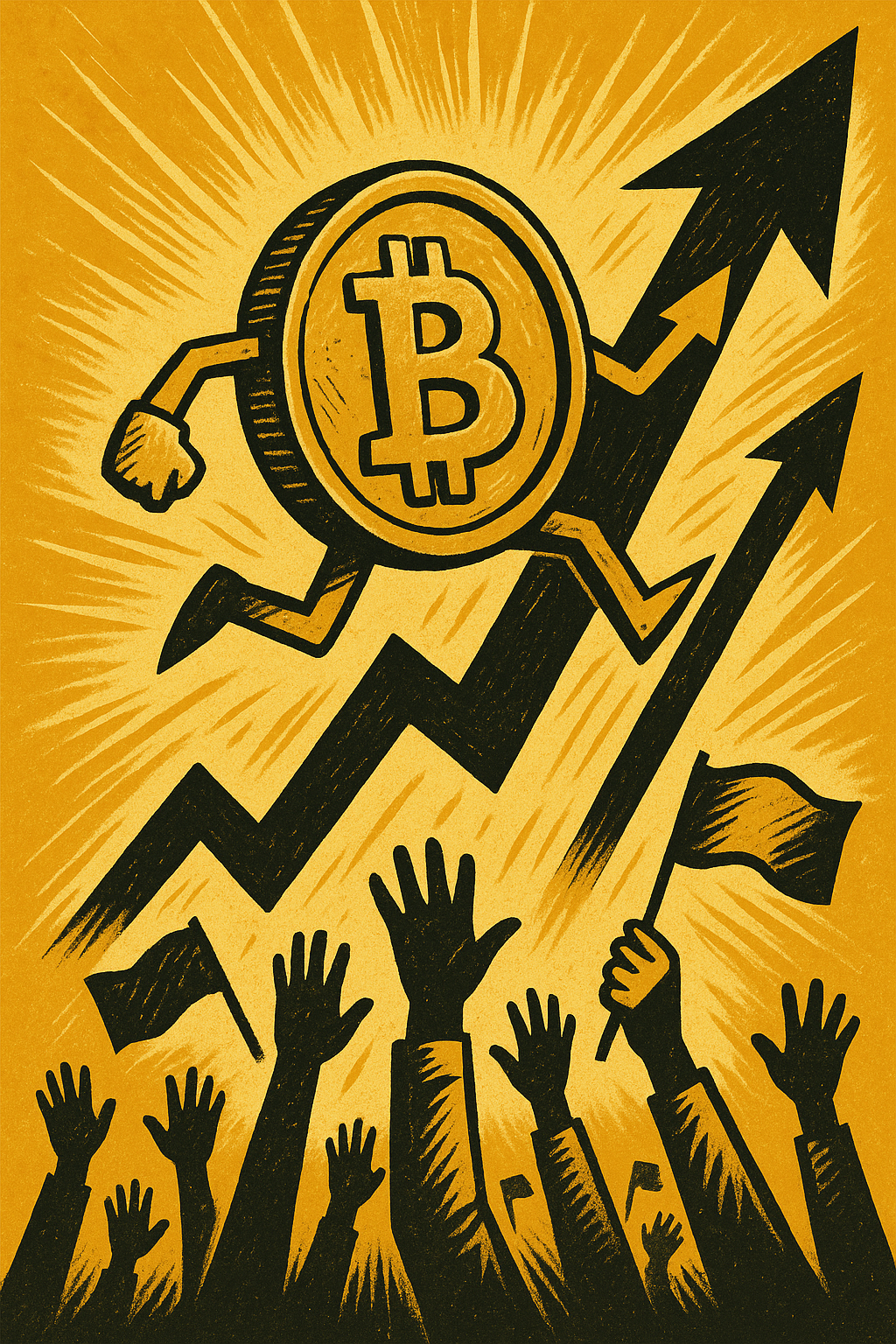So picture this: I’m two sips into my morning Americano when my Telegram lights up—“Kaia is launching a KRW-pegged stablecoin.” I literally did a double-take because, let’s be real, the South Korean regulators have been side-eyeing anything that looks like Terra 2.0 since 2022. But here we are, and the market just shrugged and said, “Cool, when Lambo?”
Here’s What Actually Happened
Kaia—yeah, the chain formed by the Klaytn + Finschia merger and still very much playing in Kakao’s backyard—went public with plans for a stablecoin fully backed 1:1 by the Korean won (KRW). Think USDC, but in won, and theoretically minus all that offshore banking opacity that keeps Gary Gensler up at night.
The timing is wild because Kakao Pay’s stock popped roughly 30% on the KRX the moment the news started making the rounds. That’s a bigger intraday leap than Bitcoin did during the ETF approval week. Coincidence? Maybe. But traders on Upbit forums were literally celebrating the “Kakao stablecoin halo effect” before lunchtime.
Why a KRW Stablecoin Isn’t a Slam Dunk
I know, stablecoins sound boring until they blow up. We learned that the hard way with UST. Kaia’s team says they’ve got full reserve audits lined up and that funds will sit in regulated Korean banks—cue the 금융위원회 (Financial Services Commission) breathing down their necks. The FSC hasn’t commented publicly, but history tells us they’ll want monthly attestations and, frankly, a kill switch.
Kaia’s blog post (yes, I skimmed the Korean PDF) mentions they’re eyeing integrations with Kakaotalk’s 45-million-user wallet once the pilot’s out of sandbox. If they nail that on-ramp, Paris Hilton’s catchphrase applies: “That’s hot.” Imagine paying for fried chicken in Korea with an asset that settles in three seconds and doesn’t get dinged by credit-card fees. Merchants would love it. Visa, not so much.
But Wait, Isn’t Kakao Already Deep in KLAY?
Right, KLAY is still around—currently hovering around $0.17, down from the $4 top back in 2021. The won-coin (I’m calling it WKR until they reveal a ticker) would live alongside KLAY in the Kaia ecosystem. So you could in theory swap from WKR to KLAY to hop into DeFi pools on KlaySwap, earn 12% APR, then head back to WKR before you tap your NFC phone at a café. That’s a user flow the West still can’t match because our coffee shops would have a meltdown at the mention of MetaMask.
A Quick Reality Check
“Stablecoins are only as strong as the jurisdiction that hosts the fiat reserves.” – Hasu, Flashbots strategist, in a Spaces chat last month.
I keep hearing that quote in my head. South Korea has capital-controls light—nothing like China, but enough to make large outflows annoying. If Kaia’s reserves sit in one domestic bank, a single court order could freeze them. That risk profile is very different from USDC’s multi-bank model.
Then there’s the CBDC elephant. The Bank of Korea’s pilot with Samsung and LG is inching forward. A state-issued digital won could squash private stablecoins if the BoK pulls a “thanks for beta-testing, now please step aside.” I’m 60-40 on whether that power move happens.
Zooming Out: The Market Reaction
KAKAO PAY (KRX:377300) closed up 29.6% at ₩65,000. Trading volume was literally 6× the 30-day average. On the crypto side, KLAY briefly jumped 8% before reality (and Koreans heading back to work) set in. Even Finschia’s token FNSA snagged a 5% bump. The “Kimchi Premium” is alive and well.
Over in Discords, DeFi degens are dreaming about WKR/USDC pools on Curve v2, partly because it could create an arbitrage gateway between US and Korean markets. Remember the days we’d wire USD to Busan just to clip 6% on BTC? Same vibe, new flavor.
The Stuff I’m Still Wondering About
- Regulatory runway: Does Kaia have an actual no-action letter, or are they yolo’ing until the FSC says “gwaenchanha” (it’s fine)?
- Reserve audits: They promised them, but are we talking Deloitte monthly, or some random Seoul accounting shop once a quarter?
- Liquidity incentives: Will they bribe Curve gauges or throw KLAY emissions like confetti? I’d love to farm but not bag-hold.
- Off-ramp friction: If I’m a foreigner, can I cash out WKR without a Korean residency card? Probably not—at least for now.
Okay, So What Do We Do With This Info?
If you’re holding Korean payment stocks, congrats—you just got a free serotonin hit. If you’re a DeFi user, keep an eye on when WKR (or whatever they brand it) pops up on centralized exchanges like Bithumb or Korbit. Early LPs usually farm the fattest yields before impermanent loss reality bites.
Personally, I’ll sandbox a few hundred bucks. Not life-changing money, but enough to test gas fees, check slippage on Meson or Orbiter, and maybe brag on Crypto Twitter if my coffee purchase clears in under five seconds. Worst-case, I buy a bingsu and call it research.
The Community Angle
Crypto folks in Seoul are split: half are hyped that a mega-app is finally bringing stable payments to everyday life, the other half are worried we’re rehearsing the same stablecoin musical with a different lead. Telegram polls in the Klaytn Official channel even ran 52-48 in favor of “give it a shot.” That’s as close to consensus as we ever get in this space.
Either way, I’m here for the show. South Korea moves fast—remember when Upbit listed Aptos five minutes after mainnet?—so expect live code in Q1 2025 at the latest. And if the FSC rains on the parade, well, at least Kakao Pay shareholders had one heck of a Wednesday.



